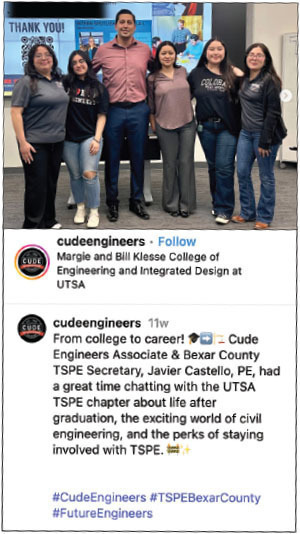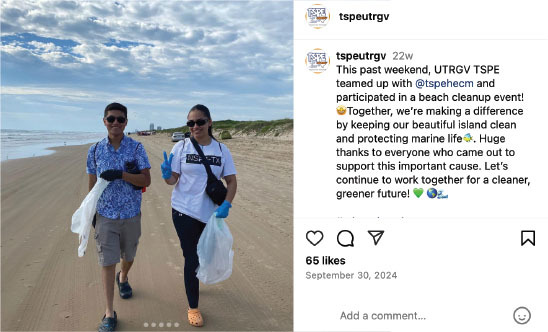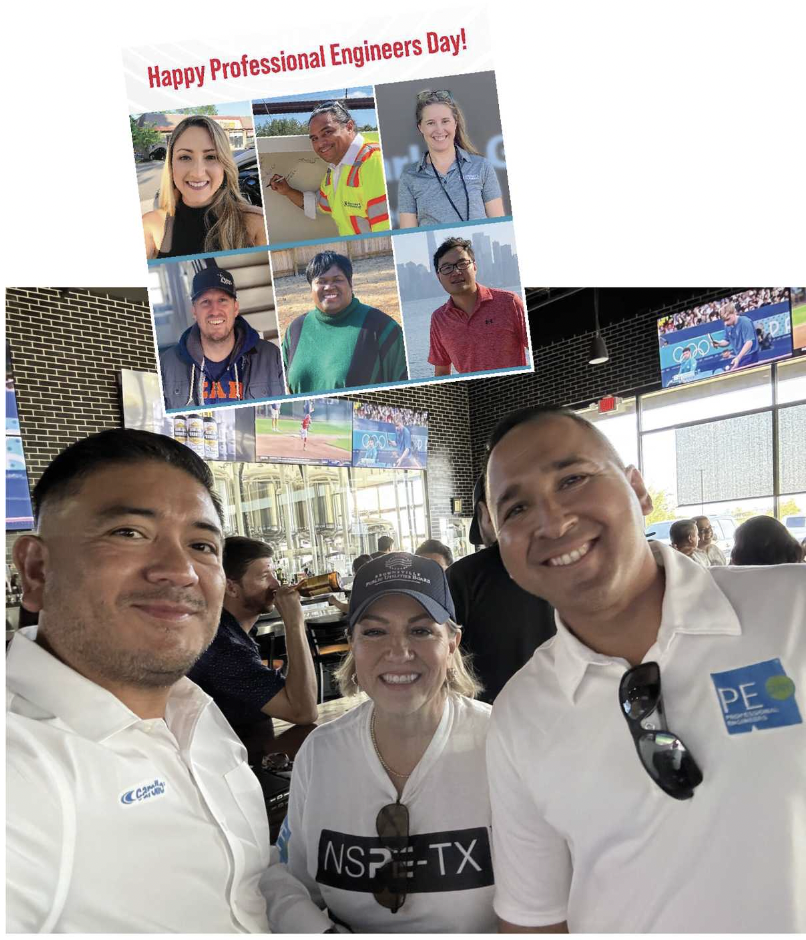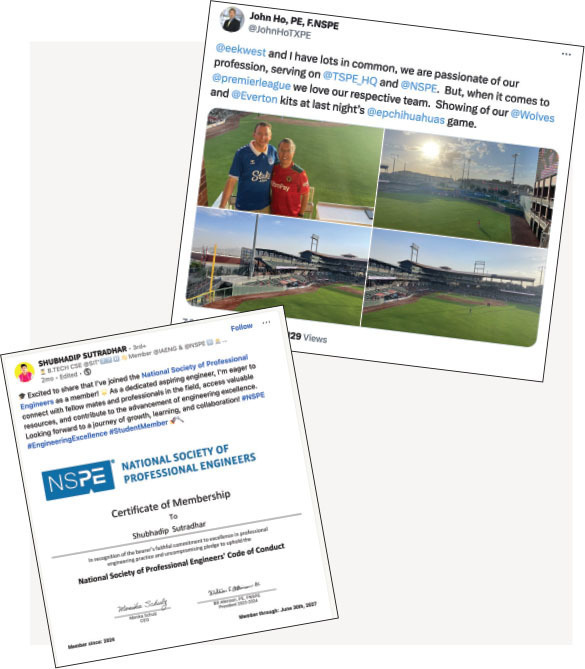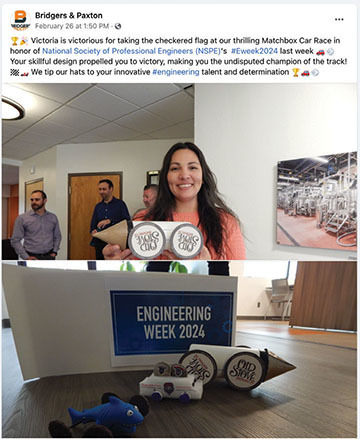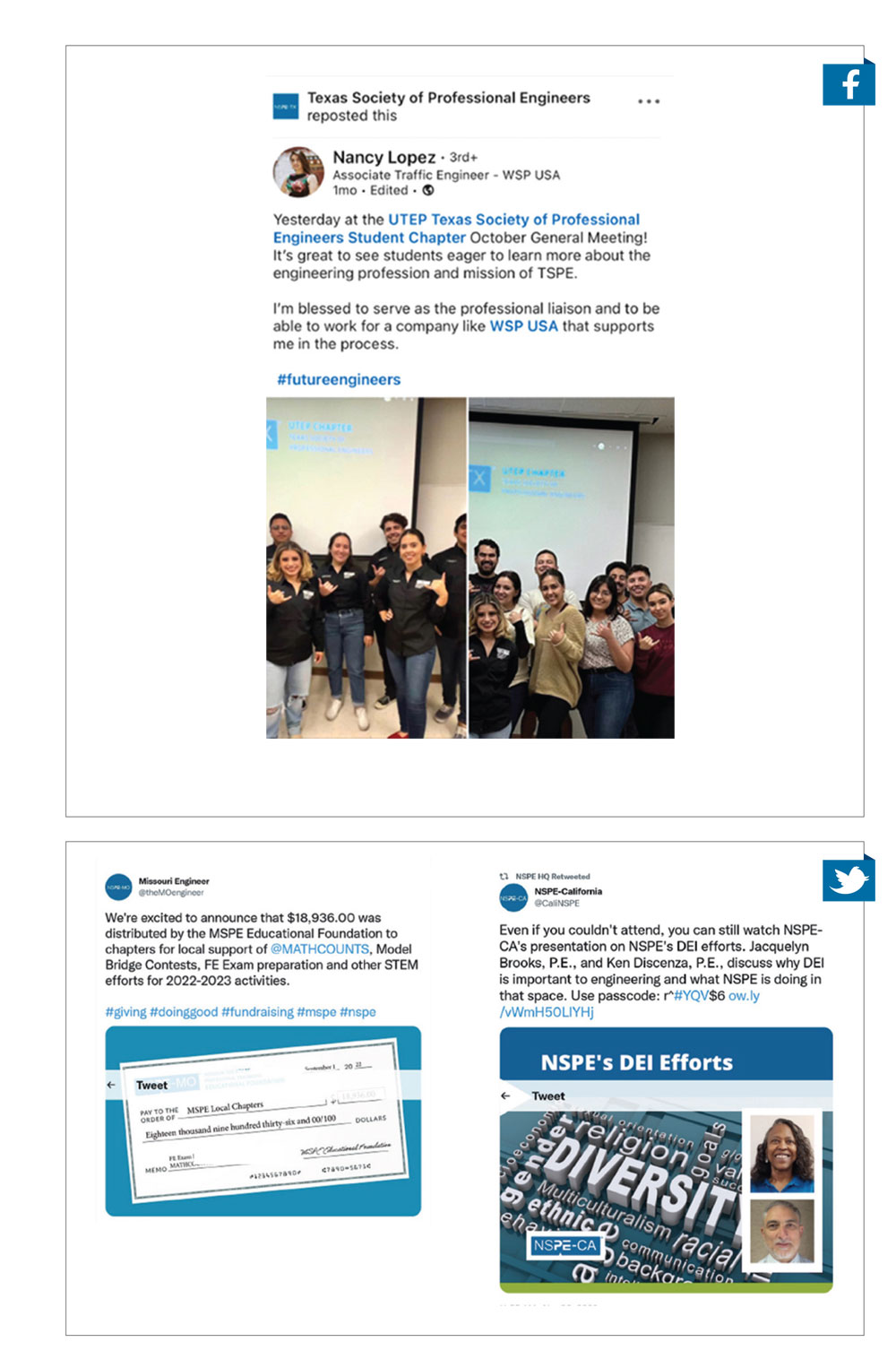August/September 2014
Letters
Engineering Must Be Earned
In “Why Engineering Education Needs to Change” (June 2014, p. 14), and in the Big Beacon manifesto, David Goldberg proclaims a need to change engineering education. Other than fume about science and math courses, he fails to present a solution. It comes as no surprise that calculus, differential equations, and physics are perceived to be “weed out” courses. This was true four decades ago, and I suspect it has always been true. That being said, I dispute Goldberg’s position that these are used to “discard” otherwise capable students from the pipeline. These classes are rightfully in curricula to form the foundation required to understand the “real engineering” courses that come later.
Watering down foundational math and science is not the solution. Better preparation at the high school level should be our first priority. Our students should come to school expecting to work long hours in tedious science and math courses. They should understand that success in life is not given to them but must be earned. Those of us still practicing spend tedious hours preparing and analyzing models, collecting and interpreting data, and scouring reference materials, all to find the proper solution. This is, and always will be, the essence of engineering.
Why must we look to new and untried solutions? Perhaps we can find a solution by simply looking at what worked a half-century ago. The generation that took us to the moon did so by understanding the fundamentals and working hard. Is that too much to ask today?
David L. Dahl, P.E.
Washington, IN
Careful and Effective Change
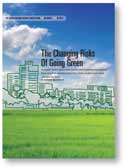 The idea of taking risks on a project in order to achieve sustainability goals, as presented in “The Changing Risks of Going Green” (June PE, p. 28), is an important consideration for engineers. As with all risks, implementing change should be weighed against the benefits. Regarding “using clients’ projects as experiments,” a distinction should be made between a true “experiment” and an approach the practitioner has little-to-no prior experience with. Engineering is the application of accepted scientific principles to solve problems, which entails more than limiting ourselves to a set of details and systems that we have used before.
The idea of taking risks on a project in order to achieve sustainability goals, as presented in “The Changing Risks of Going Green” (June PE, p. 28), is an important consideration for engineers. As with all risks, implementing change should be weighed against the benefits. Regarding “using clients’ projects as experiments,” a distinction should be made between a true “experiment” and an approach the practitioner has little-to-no prior experience with. Engineering is the application of accepted scientific principles to solve problems, which entails more than limiting ourselves to a set of details and systems that we have used before.
We need to stretch our boundaries of comfort with great care and for the right reasons. We can engineer our designs to have greatly improved sustainability benefits, including structures that emit significantly reduced global warming gases from their manufacture and erection. Some would argue that is our ethical obligation. We need to be advocates of careful, effective change, in some cases to overcome the industry’s resistance to change. It requires us to be the best engineers that we can be.
James A. D’Aloisio, P.E.
Jamesville, NY
Choose Wisely
The Oregon Institute of Science and Medicine’s Petition Project has been debunked several times since it arose 16 years ago (Letters, p. 3, July PE). The “more than 31,000” signatures, which includes “9,000 PhDs,” have been shown to be unverifiable, unreliable, and not representative of the climate science community. The conclusions are not backed up by any research whatsoever, never mind any research that meets the rigorous requirements established in scientific methods. Even if the 31,000 signatures were verifiable, they would represent only 0.3% of all persons eligible to sign (under the project’s own rules), and the PhDs represent less than 0.5% of climate scientists, at best. In fact, 97% of climate scientists agree that humans are causing climate change.
I would direct readers of PE magazine to a much more important petition, the “G8+5 Academies’ joint statement: Climate change and the transformation of energy technologies for a low carbon future” from 2009. The 13 signatories on this petition, in my opinion, far outweigh the 31,000 on a 1998 petition that was, most likely, promulgated for ideological, business, and political purposes.
As professional engineers whose primary purpose is to protect the health, safety, and welfare of the public, we should always research any issues to be sure that we are making statements founded on fact, not special interests. Unfortunately, we are bombarded every day with spurious information and it takes time to get to the truth.
James J. Purcell, P.E.
Lawrenceville, NJ
Corrections: The bridge in the photo on page 32 of the May 2014 issue is the Mackinac Bridge, not the Brooklyn Bridge.
The July article “Ohio PE Act Changes Take Effect” (p. 4) incorrectly stated that licensure candidates will be allowed to take the PE exam at testing centers anytime throughout the year. The change in the law was made to prepare for the future when the PE exams are transitioned to computer-based testing. Currently, only the FE and FS exams are given via CBT, and they are offered during four windows: January-February, April-May, July-August, and October-November. It will be a number of years before all PE exams are transitioned to CBT and offered more frequently than April and October.
The photo credits on page 25 of July 2014 were out of order; the last two (Kate Gleason and Margaret Ingels) should be switched.


 Volunteering at NSPE is a great opportunity to grow your professional network and connect with other leaders in the field.
Volunteering at NSPE is a great opportunity to grow your professional network and connect with other leaders in the field. The National Society of Professional Engineers (NSPE) encourages you to explore the resources to cast your vote on election day:
The National Society of Professional Engineers (NSPE) encourages you to explore the resources to cast your vote on election day: